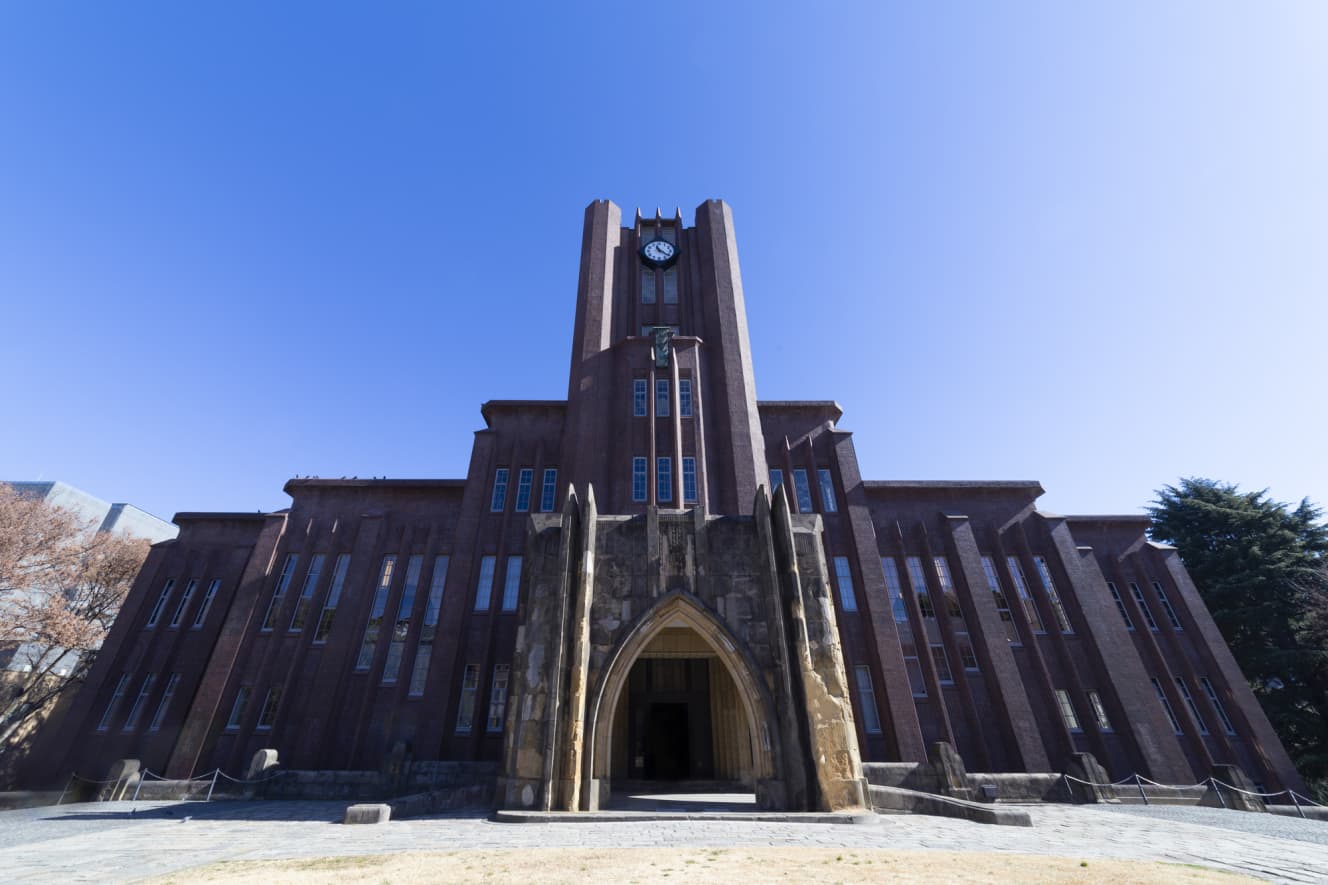Ootomo Gakuen and Eito make great strides, while Azabu and Sugamo struggle…a drastic change from 30 years ago! New ranking of high schools in the “Tokyo University Successful Candidates Ranking
Looking at the top schools in this year’s University of Tokyo Accepted Candidates Rankings, there are two distinctive features: First, high schools in neighboring prefectures of Tokyo are making great strides. The second is the strong performance of public schools. Hibiya (Tokyo, 59), Urawa (Saitama, 44), and Yokohama Suiran (Kanagawa, 43) are among the top schools.
said Nobuyasu Morigami, director of the Morigami Education Research Institute and an expert on entrance examinations.
On March 10, the number of successful applicants to the University of Tokyo was announced. This year, 2,993 students passed the entrance examination for Japan’s most difficult university. The high school that produced the most successful applicants was Kaisei (Tokyo) with 149, ranking first for the 43rd consecutive year. The top ranking, based on a joint survey by Daigaku Tsushin, Sunday Mainichi, and AERA, also includes high schools that parents may feel “I don’t know that school” or “That school? The following is a look at the rise and fall of high schools based on the rankings, which have changed dramatically over the past 30 years.
No one passed the entrance exam 30 years ago in 1994.
Let’s start with high schools that have made great strides. The school with a double-digit number of successful applicants (13 students) this year is Ootomo Gakuen Girls’ School (Tokyo). 30 years ago, in 1994, no students were accepted to Tokyo University, but the number of successful applicants has steadily increased from 5 in 2009 to 9 in 2010 to 3 in 2011. Mr. Morigami, the aforementioned professor, explains (see page 3). Mr. Morigami, the aforementioned director of the school, explains (comments below are his).
The school is located in a quiet residential area in Setagaya Ward, and in recent years it has been positioned as an annex to the three top-ranked girls’ schools (Sakurain, Jogakuin, and Futaba). However, the school does not have a school culture that requires students to study hard, so we have not been able to achieve outstanding results. Considering the potential of our students, it is a wonder that we did not have double-digit numbers of successful applicants.”
Eito (Saitama) had 19 successful applicants. In 1994, there was only one successful candidate, but recently the number has remained stable at 12 in ’21, 14 in ’22, and 13 in ’23.
The entrance examination for junior high schools in Tokyo is held in early February, but Eito’s entrance examination is held earlier, around January 10. Every year, more than 8,000 applicants apply to the school as a test of their skills for entrance exams to difficult-to-enter schools. It is popular because detailed data and examination questions for the entrance examination are made public, and the ratio of applicants to the total number of applicants is not high, at only one point. We have a system that makes students work hard even after they enter the school by establishing classes such as the University of Tokyo class and the medical school class.’ Since the beginning of the ’10s, the number of students who have been accepted to Tokyo University has increased dramatically.’
On the other hand, some schools are struggling. Azabu (Tokyo), one of the top three boys’ schools. In 2009, the number of applicants was 86, in 2010 64, in 2011 79, and this year 54, a decrease of 25 from last year.
Considering that in the ’90s, the number of successful applicants was over 100 every year, it is a sad result. The school is located in Minato Ward and used to be the first choice of excellent applicants from Kanagawa, where transportation is convenient. Recently, however, the number of examinees has been dispersed to nearby vigorous and difficult schools such as Komaba Toho (43 students) in Setagaya Ward and Shibuya Kyoiku Gakuen Shibuya (43 students) in Shibuya Ward. It may be that the top students in Kanagawa are flowing to other schools.
Sugamo (Tokyo), which had 64 successful applicants in 1994, is also in a difficult situation. In recent years, the number of students who passed the entrance exam has been stagnant: 8 in 2009, 8 in 2010, 3 in 2011, and 5 this year.
In the past, the school was famous for its rigorous and spartan education. Although the school has become much softer now, students and parents still have a severe image of the school and may be shying away from it. It has fallen out of favor because it has missed the trend of the world to prefer a more relaxed atmosphere. However, the school has recently undergone reforms such as renovating the school building. Traditionally, the school is also strong in medical schools. In a few more years, we will regain our former momentum.
If they are resting on their laurels, their rivals will soon catch up with them and the traditional schools will soon fall. The pecking order in the entrance examination industry is changing year by year.
